Carol writes: Our drive to our next “home” was along lovely California coastal highway 101. Nearly all the way to Santa Barbara we noticed many miles of jarring fire-scared scenery, now the legacy of the recently extinguished Thomas Fire.
Winters on the southern California coast can be pleasantly mild and sunny, obscuring the fact that natural disasters periodically wreck this enviable ambience. We got our first taste of a natural disaster that lurks just offshore two days after we arrived at our Buellton campground when we were jolted in the early evening hours by an earthquake!
Small by California standards, this one was a 3.8 and was just offshore near Isla Vista.
We were both relieved to find out that our motorhome hadn’t been sideswiped by a passing car in the campground. Locals informed us right away that what we heard and felt was indeed an earthquake. This was not Al’s first experience with an earthquake, but it was a first for me. Put a checkmark on the box of “interesting life experiences”…
Two days later heavy rain on the Thomas Fire burn scar resulted in a catastrophic mudslide that took many lives just south of us in Montecito, resulting in blockage of the coastal highway for the next two weeks. It was especially poignant to read that many of those who were spared by the fire lost their lives and homes in the mudslide.
A wildfire, an earthquake and a mudslide—all in little more than a month…
🎶 Stopped into a church
🎶 I passed along the way…
“California Dreamin” (The Mamas and the Papas)
From our campground in Buellton, there was a good opportunity to visit three of the California Missions:
SANTA INÉS MISSION
Named for St. Agnes, this mission was very beautiful in its simplicity.
The walls of the church were painted in a style we had seen at other missions. That is, swirls of paint were applied to give a faux marble effect on the surface of the adobe walls.
Santa Inés Mission was on the outskirts of the Danish village of Solvang. Unique and colorful Danish-style architecture embellished the streets of Solvang,
which had plenty of wine tasting businesses along with a tempting number of Danish bakeries.
LA PURISIMA MISSION
La Purisima was the 11th of the 21 Franciscan Missions established in California. Unlike most of the other missions, today La Purisima is not an active Catholic parish; rather, the mission is a state historic park. In the 1930s, the buildings and grounds were extensively and accurately restored back to the 1820 era as part of the largest CCC project in California history. Old photographs in the Visitors Center demonstrated the extent of rebuilding that had to be done.
At the mission the modern trappings of its visitors was the only sign the year was not actually 1820. The absence of signs of modern day life evoked a mission that was pleasantly startling in its natural setting.
The authentic ambience of the restored church,
quarters,
and outdoor Indian laundry
provided a very good representation of the brief but turbulent lifestyle during the heyday of the missions that were founded as a part of Spain’s desire to have a global empire. For Spain, colonizing what was then known as Alta California necessitated conversions of native peoples to Christianity on a massive scale, and thus the mission system was founded. At La Purisima the Native Americans were members of the Chumash Tribe.
While the objective of the mission story has often been glamorized, for many Native Americans the ending wasn’t always happy. Loss of Chumash native culture, language and way of life was a terrible downside. Very few Chumash alive today can still speak their ancient tongue, and old customs are slowly fading from memory.
During the ranger-led talk at La Purisima, we learned that an ancient Chumash village once existed close by at Jalama Beach, so we decided to check it out. What we found on this very windy day
was an unspoiled stretch of beach that probably looked much like it must have thousands of years ago when early Chumash once lived there.
The second largest marine oil seep in the world is offshore in the Santa Barbara Channel. This oil-rich geology was clearly evident in the interesting natural tar globs we found in the rock history. The ancient Chumash used this so-called asphaltum to seal their woven containers and plank canoes.
MISSION SANTA BARBARA
Perhaps the most iconic and well-recognized of California’s 21 Franciscan missions would be Mission Santa Barbara.
We observed the typical faux marble painted swirls on the adobe walls, in addition to a fake window painted to match the real window on the opposite wall in the sanctuary.
Archived pictures in the Visitors Center showed how remarkably undeveloped the area was before the rich and famous claimed Santa Barbara County as their own.
Today the mission stands as a symbol of the influential role it played in California’s history as a ranching and agricultural community.
The day we visited the mission the skies were clear robin’s egg blue, an irresistible backdrop for playing with our own artistic shots of the mission through the foreground of magnificent giant water-conserving landscaping.
While we were in Santa Barbara, we took advantage of the brilliant day to get some steps in at Santa Barbara Harbor,
where we saw scenes that evoked memories of earlier times when we lived in San Diego. The same sort of beachfront leisure activities were still being enjoyed by all, such as
music in the grass—in this case a gathering of baby boomers strumming surfing tunes from “back in the day”…
actual surfing, with the mountains as a backdrop…
and, yeah, a pretty girl getting her glamor pics.
From our campground in Buellton, Vandenburg Air Force Base was a short drive up the coast. Al had discovered online that a missile launch at Vandenburg was scheduled for the afternoon of January 10.
The payload of NROL-47 was a radar satellite responsible for collecting all-weather imagery for analysis by various intelligence agencies.
I must give us an “A” for effort because we traveled up to Vandenburg three days in a row before the launch actually happened. The first day the launch was scrubbed at T-minus 25 seconds, and the second day’s scrub was around T-minus 90 seconds! For sure, these were heart stopping moments for launch control! However, the third launch attempt went off without a hold or a hitch in the countdown. By then, we had figured out the best vantage point at Vandenburg—on a strategically located hillside with a group of young professionals who seemed to know a lot about what was going on.
NROL-47 was a beauty as she rocketed into space!
The windblown contrail casting a shadow from the sun was unique for us.
“SIDEWAYS” AROUND BUELLTON
The 2004 film “Sideways” was set and filmed around the tiny town of Buellton and the surrounding countryside of Santa Barbara County wine country. The film was a comic salute to the end of the bachelor days of “Jack,” accompanied on a road trip with his best friend “Miles” (Paul Giamatti). Numerous restaurants, wineries, and other actual retail businesses were used in the film, which featured their real names for the most part. Throughout our 3-week stay in Buellton it was interesting to visit some of these businesses.
The wineries of the pastoral Santa Ynez Valley, which according to local propaganda produce some of the finest wines in the world, were featured prominently in “Sideways.” We selected one of these wineries—Fess Parker Winery—
for some tasting and broadening of our knowledge of wine. After sufficient rounds of sniffing, swirling and sipping, we confirmed the age-old saying that “the very best wine is the one YOU like.”
Just a few miles from Fess Parker Winery was a large parcel of land that used to be known as “Neverland.” This was once Michael Jackson’s home where he had a mini-theme park complete with a ferris wheel and a menagerie of wild animals. Today the property is privately owned and and probably never will be open to tourists. However, MJ fans continue to memorialize his memory
at the Neverland gates,
which this day was resplendent in winter colors.
And so ended our stay in Buellton, set in a picturesque perfection of scenery in which amazing wines proclaim their place of birth. This unspoiled area along the central California coast was awash with California mission history, the home of a recording star, movie glamor, and a launchpad used in man’s quest to utilize space. During the depth of winter for three weeks in January, it wasn’t hard for us to understand how a rainy day formed the genesis of thoughts behind the Mamas and the Papas’ song “California Dreamin’.”

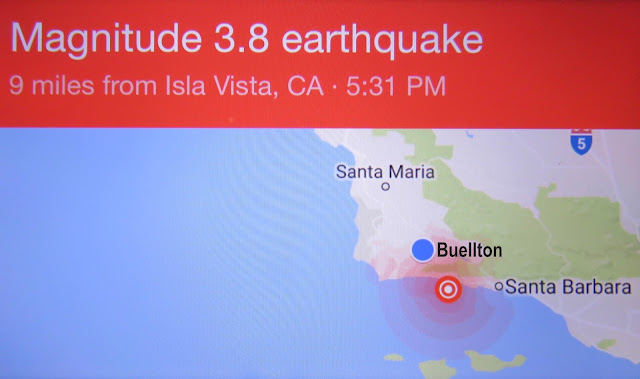








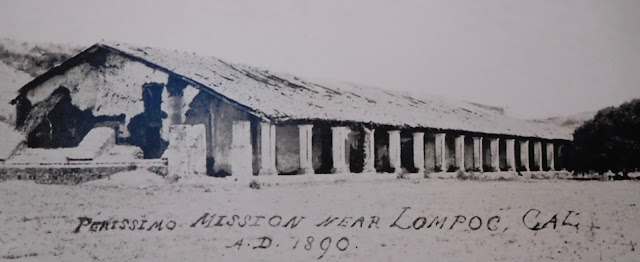

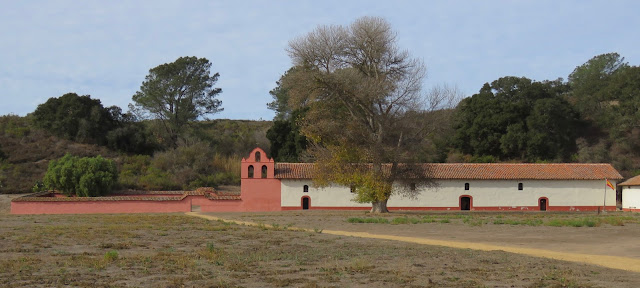

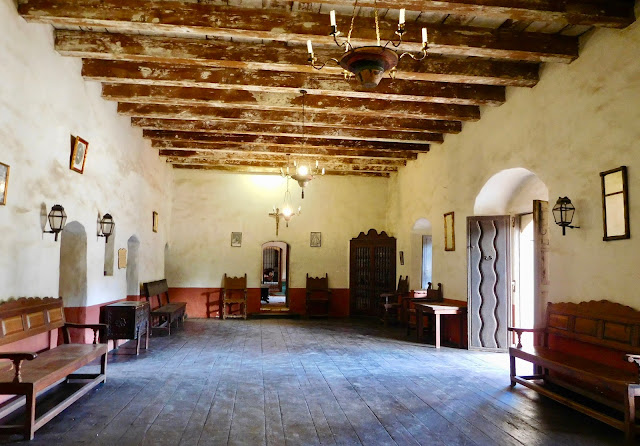







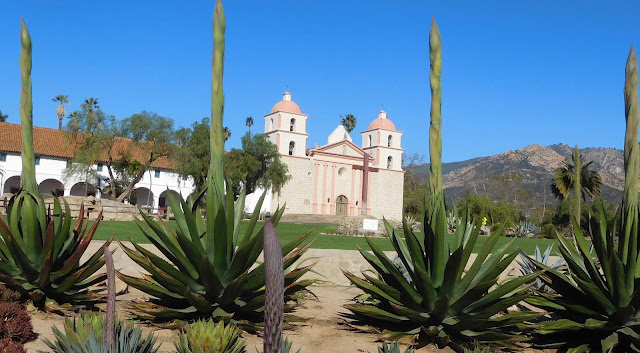




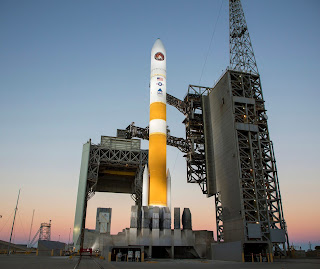




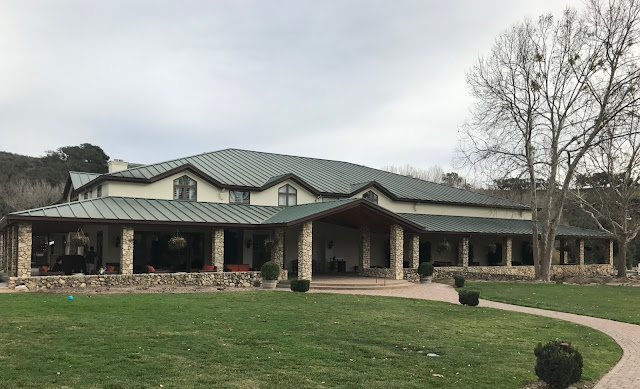






Always enjoy your travelogue, Carol! Safe travels. Sunny days.
ReplyDeleteJoan Haig
Thanks, Joan. The travels keep the gray cells active.
ReplyDelete